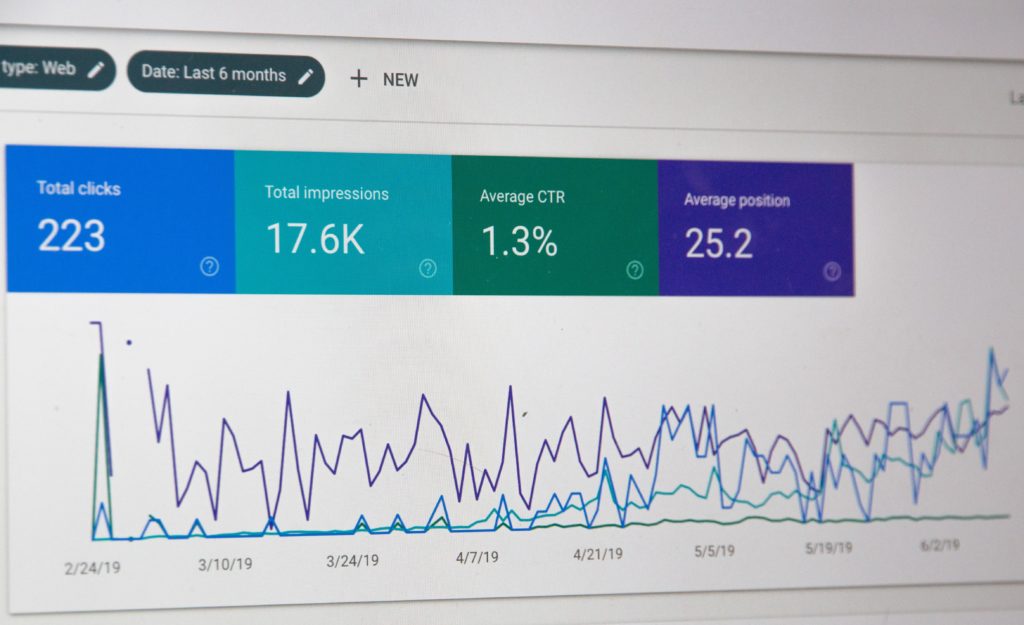Customer Journey Mapping is a critical tool in the winding path of today’s digital consumer. From initial discovery of a brand up until purchase, there are many new and interconnected touchpoints that must be maximized to ensure a smooth customer journey. This is why the antiquated/ traditional metrics and KPIs of yesteryear’s customer journey fall short.
You’re Telling Me to Ditch the Metrics?!
We would never tell you to stop using your metrics and KPIs. Quantitative metrics are probably the first tool in your arsenal when trying to optimize any business process, and rightfully so; numbers provide unbiased and measurable insight into what is and isn’t working well. Customer Journey Maps can even work in tandem with your metrics and KPIs, as we often see metrics such as conversion rates overlaid on different touch points along the customer journey.
As useful as metrics can be, they only paint one half of the picture. Metrics tell us how well something is working, but not why it is working that way. If we see low conversion rates, we can spin our wheels forever trying to make changes to raise the metric, but at the end of the day our conversion rate is just a number. In order to understand and improve our metrics we need some understanding of the thoughts and feelings our customer has in order to empathize and tailor the process to meet their needs. This is where Customer Journey Mapping comes in; by mapping customer thoughts and sentiment along the journey we can explain why certain metrics may be high or low, and in doing so we can start to develop an action plan to improve the customer experience. Qualitative tools like a Customer Journey Map are excellent supplemental analysis tools which can enhance – not replace – your quantitative analysis.

As organizations grow, they tend to break into different teams which specialize in different pieces of the business. As each team begins to measure their own metrics and optimize their own piece of the process, we see a customer experience that becomes increasingly disjointed and problematic. Take the airline example above. The ticketing team and the kiosk team likely don’t detect any problems by separately asking the customer’s date of birth; in fact that part of both processes probably has a near 100% completion rate. It’s only by examining the entire process end to end, and acknowledging customer thoughts and sentiment, that we identify the problem of asking for redundant information.
On its own, asking for the customer’s birth date twice isn’t a big deal, and probably won’t cost the airline many customers. But when taken in context with the other touchpoints, it may be this specific touchpoint that turns the customer’s opinion of the business negative. After all, the customer experience is just a sum of their sentiment along each of the different touchpoints. By analyzing the end to end process, as well as customer feelings and sentiment along the process, we identify the gaps and inconsistencies and also how the customer might react to those gaps and inconsistencies. To a less attentive persona the birth date debacle might not matter. But to a more technically savvy persona, the issue may sow doubt in the rest of the company’s processes. If the airline can’t properly share data internally, can they be trusted with my personal information and credit card data?
A Customer Journey Map is a useful tool to supplement your business metrics and KPIs. It can help you view your process end to end through the eyes of the customer and identify any problems between touchpoints. Most importantly, a Customer Journey Map can help you analyze the thoughts, feelings, and emotions of your customers to explain your metrics and help you empathize with them in order to improve your customer experience.
If you want to find out more about customer journey mapping, let’s talk! We’d love to help.



